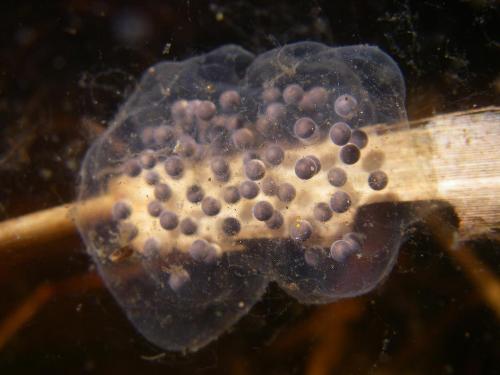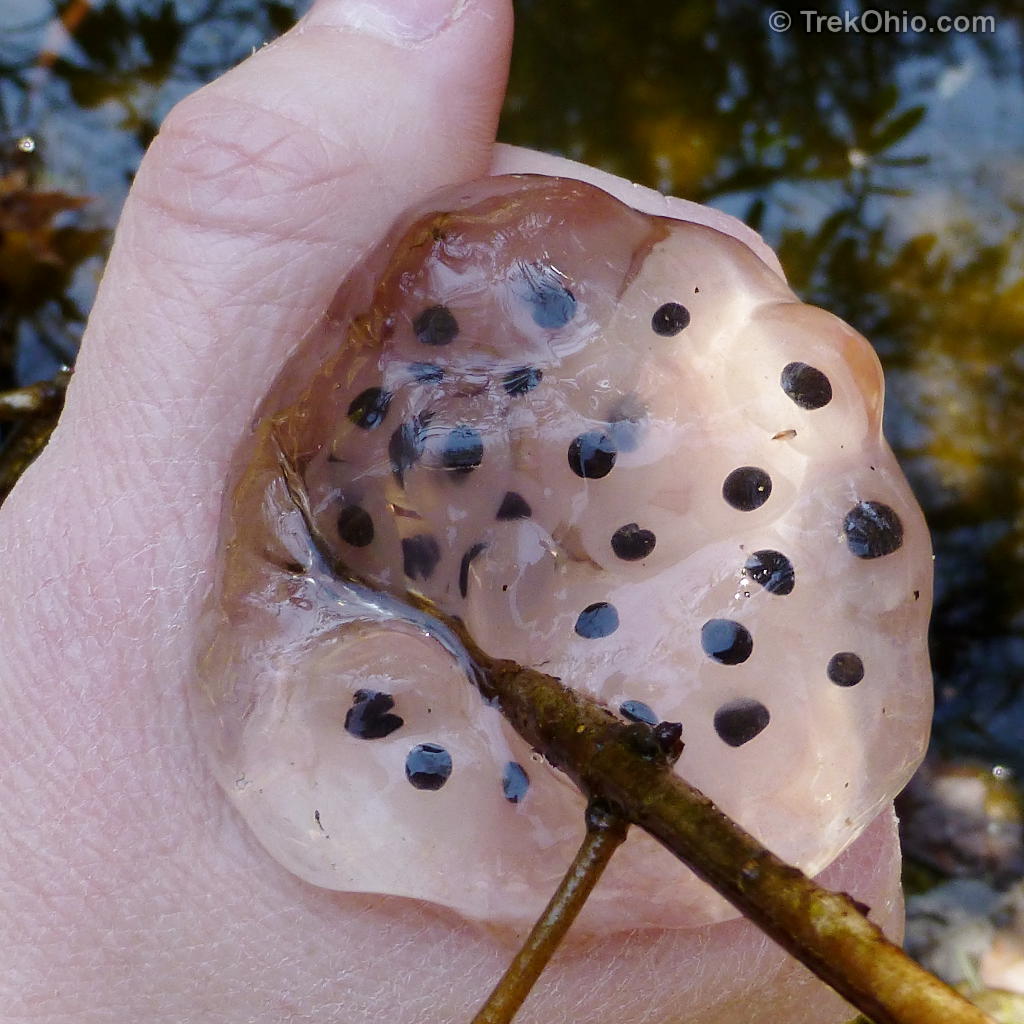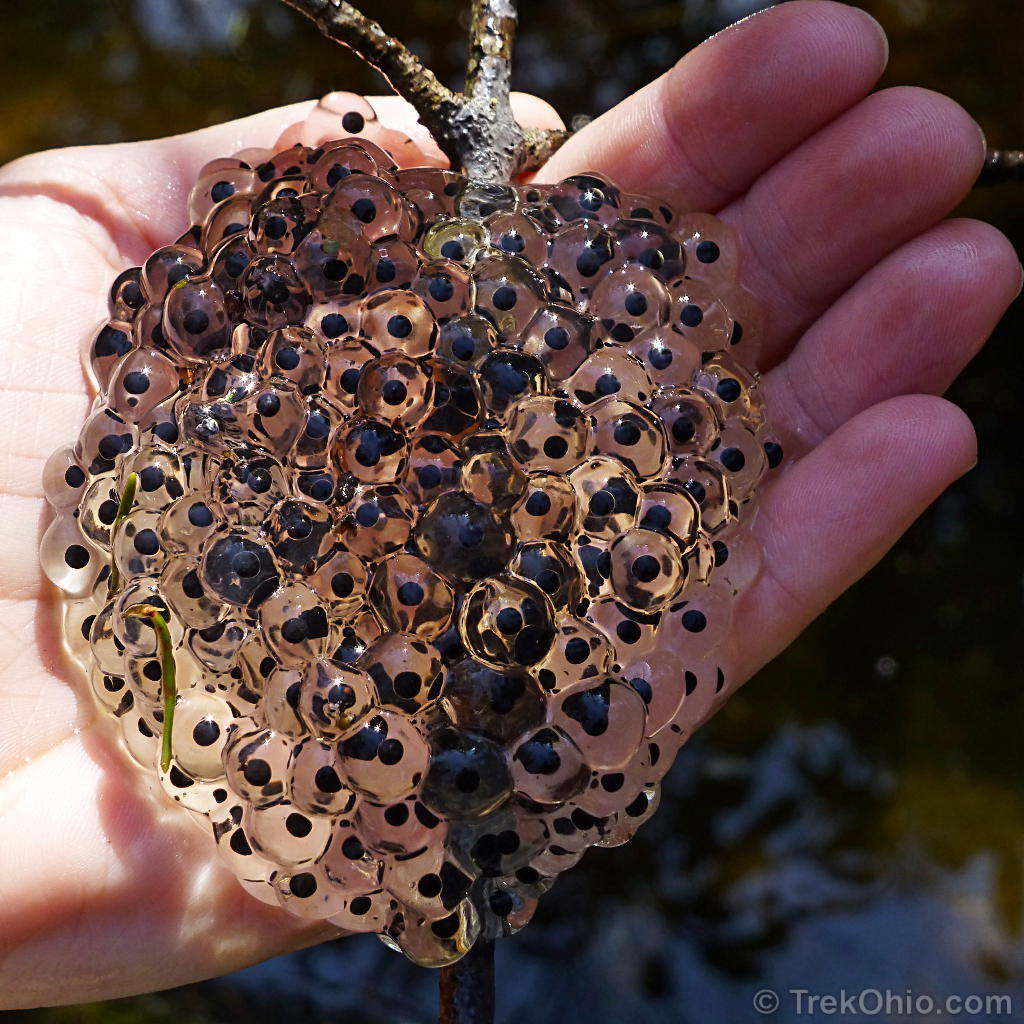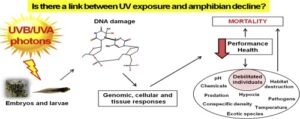Amphibians lay unique eggs. They look different from bird or reptile eggs.
Amphibian eggs are usually found in water. They are jelly-like and often transparent. These eggs lack a hard shell. Instead, they have a soft, gel-like covering. This covering protects the eggs and keeps them moist. Inside, you can often see the developing embryo.
These eggs come in various sizes and shapes, depending on the species. Some are laid singly, while others are in clusters or strings. Observing these eggs can be fascinating. They give insight into the early stages of amphibian life. Understanding their appearance helps in identifying and studying different amphibian species. In this blog, we will explore more about these unique eggs.

Credit: www.britannica.com
Introduction To Amphibian Eggs
Amphibian eggs are fascinating and unique. Unlike bird or reptile eggs, amphibian eggs are often found in water. They offer a glimpse into the early stages of life for these creatures. Let’s dive into the intriguing world of amphibian eggs.
Importance Of Amphibian Eggs
Amphibian eggs play a vital role in the ecosystem. They provide food for many predators. They help maintain the balance in aquatic environments. The eggs also serve as a key indicator of environmental health. Scientists study them to monitor water quality and pollution levels.
Protecting amphibian eggs is crucial. It ensures the survival of future generations. Conservation efforts often focus on preserving the habitats where these eggs are laid. This helps protect the entire ecosystem.
Overview Of Amphibian Reproduction
Amphibian reproduction involves laying eggs in water. Most amphibians, like frogs, toads, and salamanders, follow this pattern. The female lays hundreds or even thousands of eggs at a time. These eggs are usually surrounded by a jelly-like substance. This jelly helps protect the eggs from predators and drying out.
The eggs hatch into larvae, often known as tadpoles. Tadpoles live in water and undergo metamorphosis. They transform into adult amphibians capable of living on land. This process is one of nature’s most fascinating transformations.
Understanding amphibian reproduction helps in conserving these species. It sheds light on their life cycle and the challenges they face. Protecting their habitats ensures that they can continue to reproduce and thrive.
Appearance Of Amphibian Eggs
Amphibian eggs often appear in clusters or strings and are usually found in water. These eggs are covered in a jelly-like substance, providing protection and moisture.
Amphibian eggs are fascinating to observe. They come in various colors and sizes. Each species of amphibian lays unique eggs. The appearance of these eggs varies greatly.Color Variations
Amphibian eggs display a range of colors. They can be clear, white, or even yellow. Some have a dark spot in the center. This spot is the developing embryo. Frogs’ eggs often look black. Toads’ eggs might appear brownish. The color helps camouflage the eggs from predators.Size Differences
Amphibian eggs also differ in size. Frog eggs are usually small. They can be as tiny as a pinhead. Salamander eggs are larger. They can be as big as a pea. The size of the egg depends on the species. Larger eggs often contain more nutrients. This helps the embryo grow strong. “`Egg Structure
Amphibian eggs are fascinating and unique in their structure. These tiny wonders are crucial for the survival of amphibian species. Understanding their structure helps us appreciate the complexity of amphibian reproduction.
Gelatinous Coating
The first thing you notice about amphibian eggs is their gelatinous coating. This transparent layer protects the eggs from environmental threats. It also keeps the eggs moist. Moisture is vital for the development of the embryos inside. The gelatinous coating can vary in thickness. Some species have a thin layer, while others have a thick, protective coat. This variation depends on the habitat and species of the amphibian.
Embryo Development
Inside the gelatinous coating, the embryo begins its development. The embryo starts as a tiny dot within the egg. Over time, it grows and changes shape. The process of embryo development is rapid in amphibians. As the embryo matures, it begins to resemble a tiny tadpole. Soon, it will be ready to break free from the egg and start its life journey.
Different Types Of Amphibian Eggs
Amphibians lay a variety of eggs, each with unique characteristics. These differences help in identifying and understanding the diverse species within the amphibian family. Amphibians like frogs and salamanders have distinctive egg types that are fascinating to explore.
Frog Eggs
Frog eggs are typically laid in clusters in water bodies like ponds and lakes. These clusters often resemble jelly-like masses, which can be transparent or translucent. The gelatinous coating protects the developing embryos from predators and environmental hazards.
| Feature | Description |
|---|---|
| Shape | Round and spherical |
| Texture | Gelatinous and slippery |
| Color | Usually black or dark brown |
Most frog eggs hatch within a few days to weeks, depending on the water temperature. Warmer water speeds up the development process, while colder water slows it down.
Salamander Eggs
Salamander eggs differ significantly from frog eggs. They are often laid individually or in small clusters attached to underwater plants or rocks. This attachment keeps them hidden from predators and provides a stable environment for development.
- Shape: Elongated and oval
- Texture: Less gelatinous, more firm
- Color: Often clear or white, sometimes yellowish
Salamander eggs take longer to hatch compared to frog eggs. The time can vary widely, from a few weeks to several months, depending on the species and environmental conditions.
Understanding these differences is crucial for amphibian enthusiasts and researchers. It helps in identifying species and studying their life cycles.
Egg Laying Habitats
Amphibians have fascinating and unique ways of laying their eggs. These methods vary greatly depending on the species and the habitat. Understanding their egg-laying habitats gives us a glimpse into the survival strategies of these remarkable creatures.
Aquatic Environments
Many amphibians lay their eggs in water. This habitat provides a moist environment essential for the eggs’ survival. Frogs and toads are common examples. Their eggs often form large clusters or masses. These masses float on the water surface or attach to plants. Salamanders also choose water to lay their eggs. They prefer still or slow-moving water bodies. Their eggs are usually attached to underwater vegetation.
Terrestrial Environments
Some amphibians lay their eggs on land. These species have evolved to handle the risk of desiccation. They often choose hidden or protected spots. Moist soil, under leaf litter, or within rotting logs are common choices. Certain frogs and salamanders have adapted to lay their eggs in these spots. Their eggs are often covered in a gelatinous substance to retain moisture.
- Leaf litter: Frogs hide their eggs under leaves to keep them moist.
- Rotting logs: Salamanders use decaying wood for egg protection.
- Moist soil: Some species prefer damp ground to avoid drying out.
Eggs in terrestrial habitats are often fewer in number. They have a higher chance of survival due to the protected environment.
Camouflage And Protection
Amphibian eggs are fascinating in their ability to blend with their surroundings. This camouflage and protection play crucial roles in their survival. These eggs often go unnoticed by predators and thrive in various environments. Let’s explore how amphibian eggs achieve this remarkable feat.
Predator Avoidance
Amphibian eggs are often laid in clusters or masses. This grouping makes it harder for predators to spot individual eggs. The eggs are usually transparent or have colors that blend with their environment. This helps them avoid detection. Some species lay their eggs among plants or submerged in water. This adds an extra layer of protection.
Many amphibians lay their eggs in hidden spots. For example, under leaves, in crevices, or within mud. These locations are less accessible to predators. Some amphibians even guard their eggs. This ensures they remain safe until they hatch.
Environmental Adaptations
Amphibian eggs are adapted to their specific environments. In aquatic settings, eggs have a jelly-like coating. This protects them from drying out. It also provides a cushion against physical damage. In terrestrial environments, eggs often have tough outer layers. This helps prevent desiccation and predation.
Temperature and humidity also play a role in egg survival. Amphibians choose egg-laying sites based on these factors. Warmer, moist areas are ideal. They ensure the eggs develop properly. Some amphibians lay their eggs in temporary water bodies. This reduces competition and predation risks.
Overall, amphibian eggs showcase nature’s ingenuity. Their camouflage and protection strategies are vital for survival. These adaptations help them thrive in diverse environments.
Amphibian Egg Life Cycle
The amphibian egg life cycle is fascinating and complex. Amphibians lay their eggs in water. The eggs are usually in clusters or strings. This life cycle includes several stages, each crucial for development.
Fertilization Process
The fertilization process begins with the male and female. The male releases sperm over the eggs. This external fertilization is common in many amphibians. The eggs then absorb the sperm. Fertilization happens outside the female’s body. It leads to the development of embryos.
Hatching Stage
The hatching stage is the next step. The embryos develop inside the eggs. They get ready to hatch. The eggs usually hatch into larvae. These larvae, also known as tadpoles, are aquatic. They breathe through gills and swim in the water. The hatching stage is vital. It marks the transition from egg to larva.

Credit: kingcounty.gov
Conservation Concerns
Amphibian eggs face many challenges in their natural habitats. These challenges threaten their survival and the survival of the species. Understanding these concerns helps in conservation efforts.
Threats To Amphibian Eggs
Amphibian eggs are delicate and sensitive to environmental changes. Here are some of the main threats:
- Pollution: Chemicals and waste in water can harm eggs.
- Climate Change: Temperature changes can affect egg development.
- Habitat Destruction: Loss of wetlands reduces breeding sites.
- Predators: Birds, fish, and other animals eat the eggs.
Conservation Efforts
Many organizations work to protect amphibian eggs. Conservation efforts include:
- Protecting Habitats: Creating and maintaining wetlands and ponds.
- Reducing Pollution: Enforcing laws to keep water clean.
- Research: Studying amphibian eggs to understand their needs.
- Public Awareness: Educating people about the importance of amphibians.
Efforts to protect amphibian eggs are crucial. They help to ensure the survival of these important creatures.

Credit: trekohio.com
Frequently Asked Questions
What Do Amphibian Eggs Look Like?
Amphibian eggs are usually small, jelly-like spheres. They are often found in clusters. The eggs are clear with a dark embryo inside.
Where Do Amphibians Lay Their Eggs?
Amphibians typically lay their eggs in water. Ponds, lakes, and slow-moving streams are common locations. Some species lay eggs on moist land.
How Do Amphibian Eggs Hatch?
Amphibian eggs hatch into larvae or tadpoles. This process occurs in water. The larvae then undergo metamorphosis into adults.
Are Amphibian Eggs Protected?
Amphibian eggs are sometimes protected by jelly-like substances. These substances help deter predators. Some species also guard their eggs.
Conclusion
Amphibian eggs come in various shapes and sizes. They are often jelly-like. These eggs usually need water to survive. Frog eggs are clumped together. Salamander eggs are laid in strings. Each species has unique egg characteristics. Observing these eggs can be fascinating.
Their development stages are intriguing. Nature offers many wonders through amphibian life cycles. Watching eggs hatch reveals more about these amazing creatures. Always respect their habitats. Enjoy learning about amphibian eggs.



